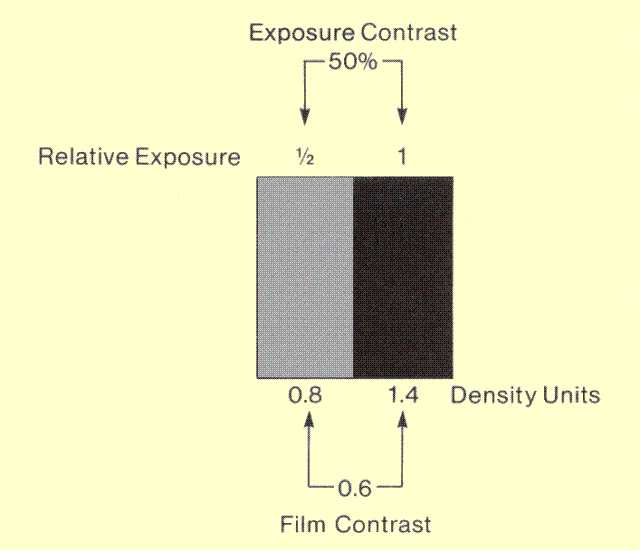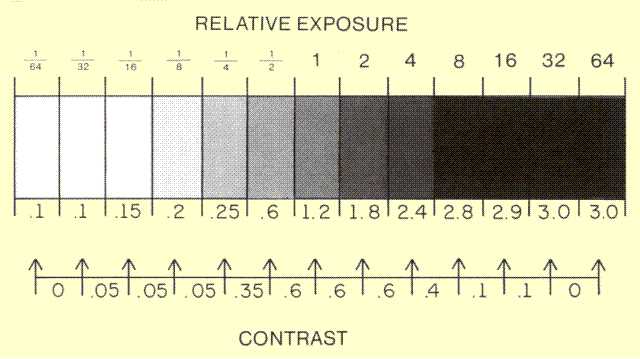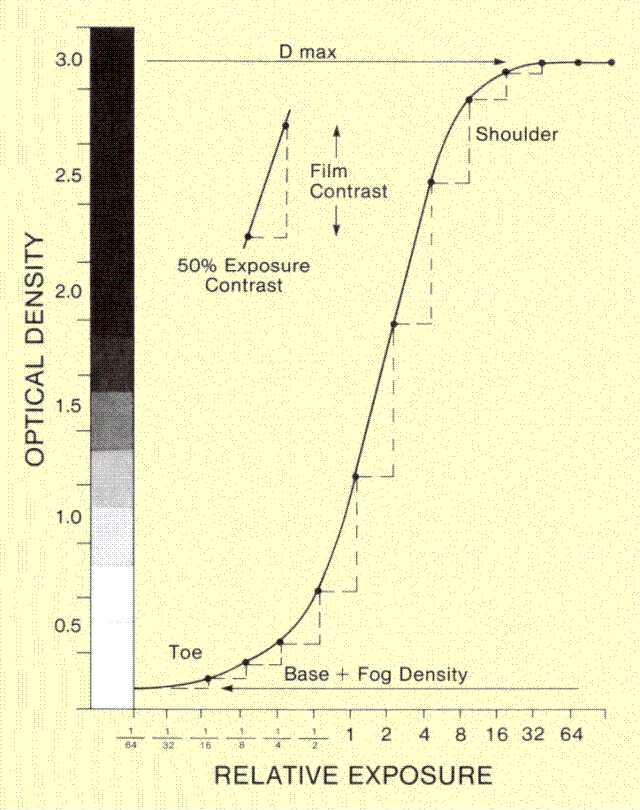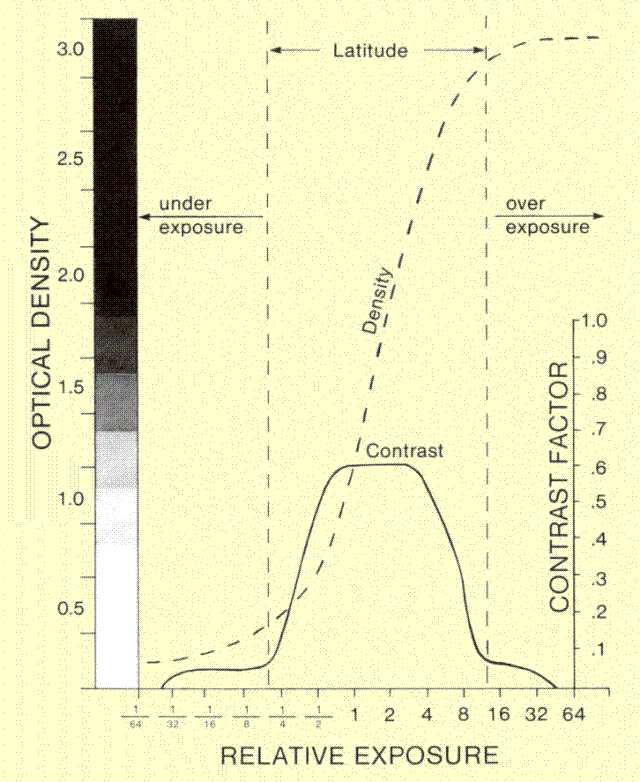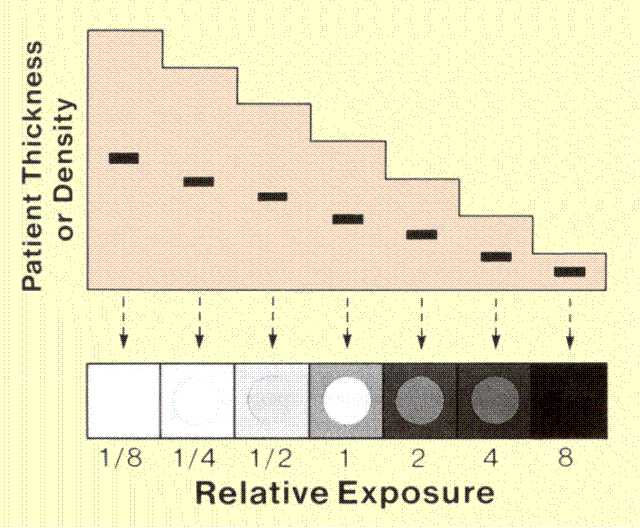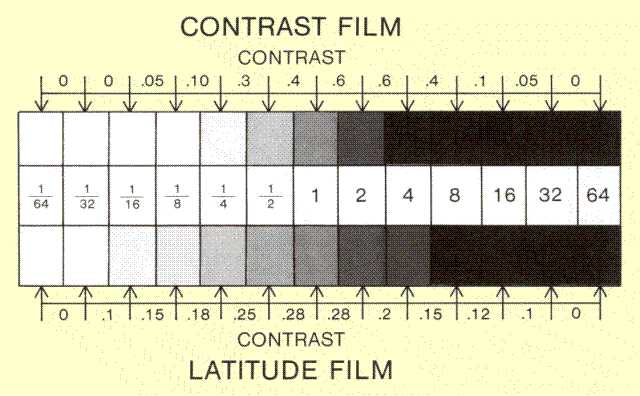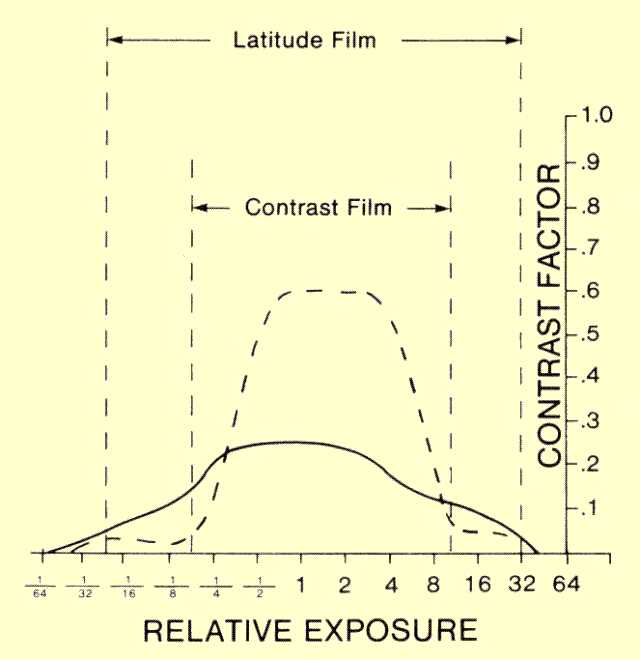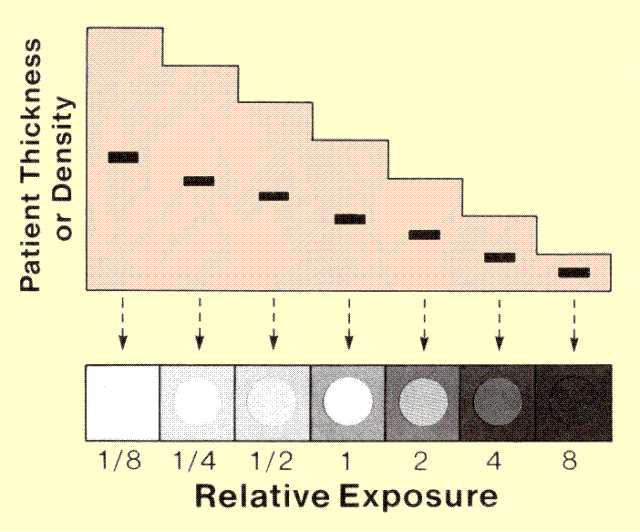| Mac OS X(86): Time Synchronization with Windows Dual Boot |  |  |
Description:
There is a minor problem on native installs of Mac OS X and Mac OSx86 Tiger and Leopard where after booting OS X, if you boot Windows your time is completely out of sync. This article describes how to fix these problems
**********
As you read in the description, this annoying problem is due to the fact that OS X syncs time differently from Windows and it causes things to get confusing. Before doing any of these fixes, go into OS X, manually set the time and the correct time zone. Then boot into Windows, and set the time correct and proceed. Here are a few fixes for this annoying issue that will hopefully fix this:
Easy Installer Method (Best solution - Permanent fix)
AppleTime.exe method
Timesync.bat method for ethernet modems and routers
Use this method if you have an always on ethernet modem and router
Timesync.bat method for USB modems and routers
Use this method if you have a USB modem or router that is not always on
Registry edit method
GMT Workaround
|
